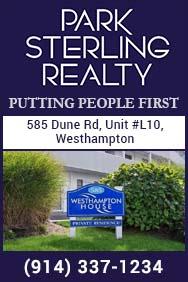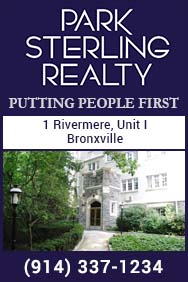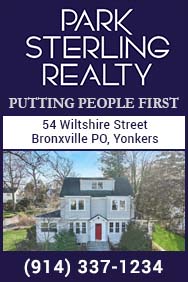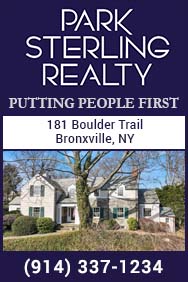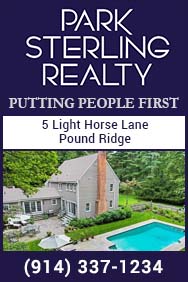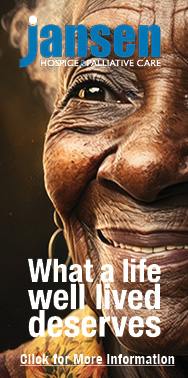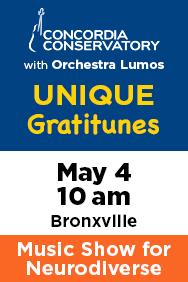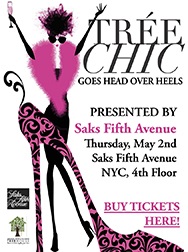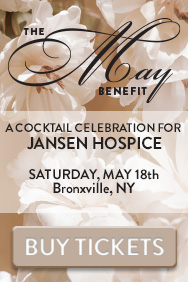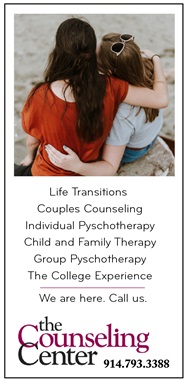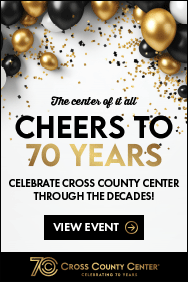From The Mayor: "No Hallooing or Yelling after Dark" and Other Highlights from Bronxville History

By Mary Marvin, Mayor of Bronxville
Sept. 27, 2023: In light of our 125th anniversary celebration this Sunday at Village Hall from 12 to 4, I thought I would go into the archives and share some of the interesting history and unique facts about the Village to get us in the spirit.
-The Village encompasses just over one square mile at 666 acres. It is approximately 16 miles from midtown Manhattan and 2 ½ miles from the Bronx border.
-The Village’s first attempt, by petition to incorporate, was invalidated by the Eastchester Town Supervisor who declared the vote illegal because women had signed it! Now 53% of our Village population is female, and I dare say Bronxville women can move mountains when called upon.
-In fact, the Village was a hot bed of the suffrage movement and it has been chronicled that in 1911, Village women clapped so vociferously for their right to vote that they, “split from thumb to wrist their arm length suede gloves.”
-The actual first Village government was formed at “Dogwoods”, the home of Frances Bacon, newly installed Village President, at 61 Sagamore Road. Still familiar names: Bacon, Kraft and Chambers were our first governing body.
-As early as 1905, residents asked Village government to address the decayed bridge on Parkway Road, soon to be followed by a petition to increase the inadequate street lighting.
-Minutes of old Village Board meetings also included the observation of the complete submersion of the old Girl Scout Cabin on Paxton Avenue due to catastrophic floods in 1910 and 1938.
-The “Lowlands” neighborhood area near our present-day school was also plagued by early flooding. In 1920, when the current site on Pondfield was chosen for the public school, a Village elder remarked that, “The only problem was that much of it was covered by water.”
-The first European settlers can be traced to the early 1700s with the construction of a sawmill on the Bronx River by John Underhill and the subsequent development of a village around 1850 so named Underhill‘s Crossing.
-With the coming of the railroad in the 1840s, the rural character of the village was radically changed. In 1852, the village was awarded its own post office and the Reformed Church constructed its first building in 1850.
-However, it took until 1898 for the village to become incorporated as a village in the Town of Eastchester. From this date forward, activity and development accelerated.
-The Hotel Gramatan was erected in 1905, Lawrence Hospital in 1909 and Concordia College in 1910.
-The railroad underpass was completed in 1916 and a building boom soon followed which quickly transformed the rest of the village into a bona fide suburban community.
-The opening of the Bronx River Parkway in 1925 made automobile traffic more accessible, resulting in the village being almost truly built out by the end of the 1920s.
-With building growth came population growth and by 1930 the village’s population had more than doubled to 6387 residents. It actually peaked in 1940 at 6888 and currently we have a population of 6395 residents which represents an increase of 72 persons since the 2010 census.
-The overwhelming majority of Village housing units (72%) were built before 1939.
-The Village functioned in its first year of incorporation (1898) with no ordinances. Our very first ordinance, (1899), protected us from public nudity, brothels, saloons, gambling, riots and profane language, all punishable with fines from $10-$50.
-Another first-generation ordinance prohibited playing ball on Sunday; “hallooing or yelling after dark”, and gunfire “between the setting and rising sun” (apparently daytime gunfire was acceptable!).
-In a bit of high aspiration thinking, fire escapes would be required on all opera houses but churches were exempt.
-In 1899, houses could be built with no notice to the Village and without regard to size or placement as it wasn’t until 1922 that our first zoning ordinance was enacted.
-In terms of open space, Scout Field is a 2.29 acre park, of which only 0.29 acres are in the Village of Bronxville with the remaining acreage almost evenly split between the cities of Yonkers and Mount Vernon. As a consequence, the Village Police Department cannot patrol on land in other cities/jurisdictions.
-The Nature Preserve is the Village’s largest park/open space comprising 5.7 acres, 4.7 of which are actually in the Town of Eastchester.
-60% of our residents live in single family homes while 40% reside in apartments, co-ops and condominiums.
-Over 20% of the land in the Village is tax exempt.
-The Bronx River was actually rerouted and the Village border changed to accommodate the original construction of the Bronx River Parkway in 1925, thus becoming the first multi-lane limited access parkway in North America.
-Bronxville has 2300 home address in the Village but over 10,000 area residents use it as their postal address.
-Palumbo Place is named for Joe Palumbo, the long time Village Public Works Director.
-Leonard Morange Park, on the west side near the train station, is named after the first Village resident to die in service of our country in World War I.
-Famous people who have called the Village home include President John F. Kennedy, Eddie Rickenbacker, Beat Generation writer Lawrence Ferlinghetti, Baseball Commissioner Ford Frick, Football Commissioner Roger Goodell, Elizabeth Custer, Jack Paar and Marvin Bower.
-The Village has no County owned roads and only one State road, Route 22. It is only Route 22 that cannot be repaved or upgraded by Village capital plan projects.
-With the exception of the Hasidic village of Kiryas Joel in Orange County, Bronxville is the only community that is co-terminus with their school district and thus the municipality issues both School and Village tax bills.
Clearly we have always been a unique community and Trustee William Kraft early on envisioned even greater things for us, writing on Village stationary that, “In the course of time, we will have one of the finest Villages along the line.”
In the kind words of famed architectural critic Paul Goldberger who spoke on the “Power of Place” at the Bronxville Historical Conservancy’s First Annual Brendan Gill Lecture, he observed that Bronxville as a community has been, “endlessly copied, but never matched.”
Government & History Directory
Bronxville is a quaint village (one square mile) located just 16 miles north of midtown Manhattan (roughly 30 minutes on the train) and has a population of approximately 6,500. It is known as a premier community with an excellent public school (K-12) and easy access to Manhattan. Bronxville offers many amenities including an attractive business district, a hospital (Lawrence Hospital), public paddle and tennis courts, fine dining at local restaurants, two private country clubs and a community library.
While the earliest settlers of Bronxville date back to the first half of the 18th century, the history of the modern suburb of Bronxville began in 1890 when William Van Duzer Lawrence purchased a farm and commissioned the architect, William A. Bates, to design a planned community of houses for well-known artists and professionals that became a thriving art colony. This community, now called Lawrence Park, is listed on the National register of Historic Places and many of the homes still have artists’ studios. A neighborhood association within Lawrence Park called “The Hilltop Association” keeps this heritage alive with art shows and other events for neighbors.
Bronxville offers many charming neighborhoods as well as a variety of living options for residents including single family homes, town houses, cooperatives and condominiums. One of the chief benefits of living in “the village” is that your children can attend the Bronxville School.
The Bronxville postal zone (10708, known as “Bronxville PO”) includes the village of Bronxville as well as the Chester Heights section of Eastchester, parts of Tuckahoe and the Lawrence Park West, Cedar Knolls, Armour Villa and Longvale sections of Yonkers. Many of these areas have their own distinct character. For instance, the Armour Villa section has many historic homes and even has its own newsletter called “The Villa Voice” which reports on neighborhood news.
Village of Bronxville Administrative Offices
337-6500
Open 9:00am - 4pm excluding holidays and weekends
Bronxville Police Department
337-0500
Open 24 hours
Bronxville Parking Violations
337-2024
Open 9:00am - 4pm excluding holidays and weekends
Bronxville Fire Deparment
793-6400

